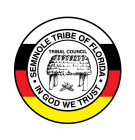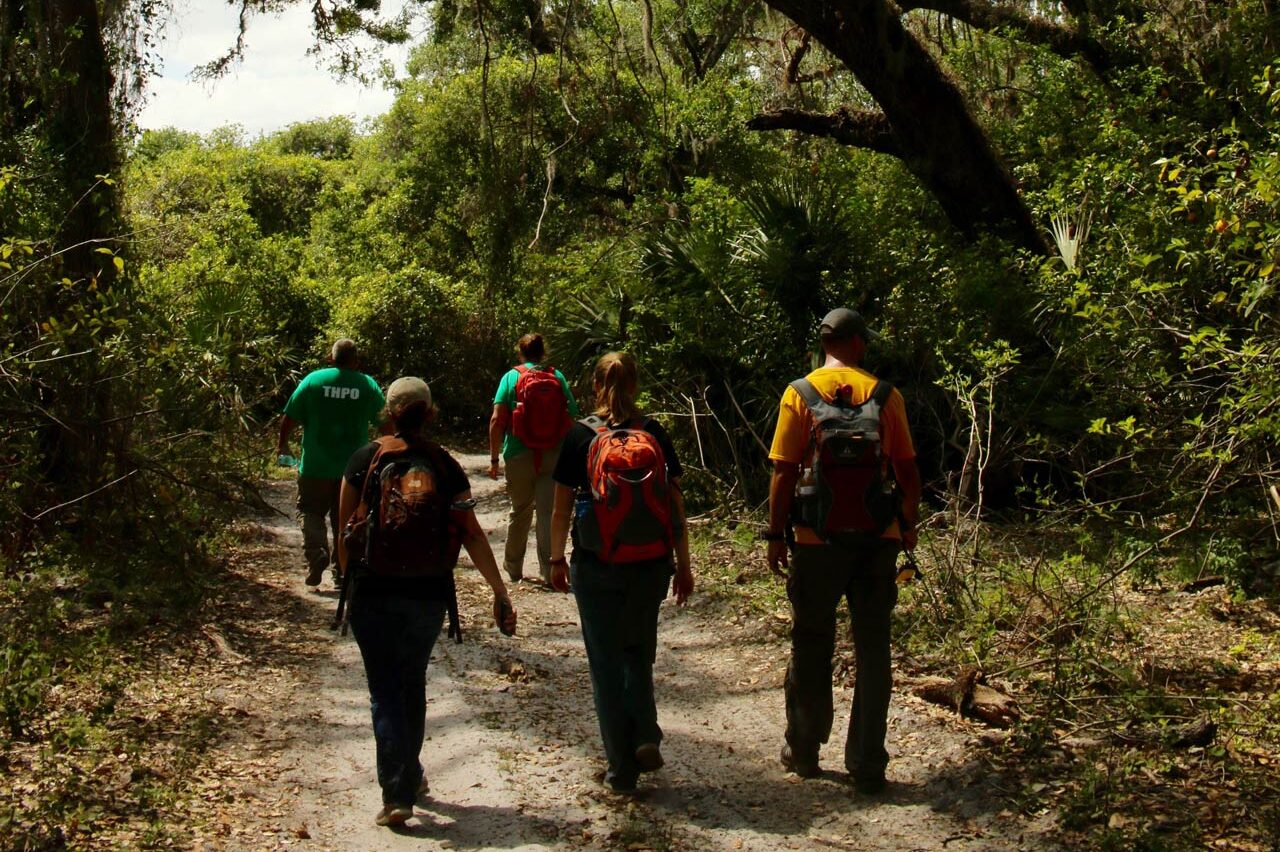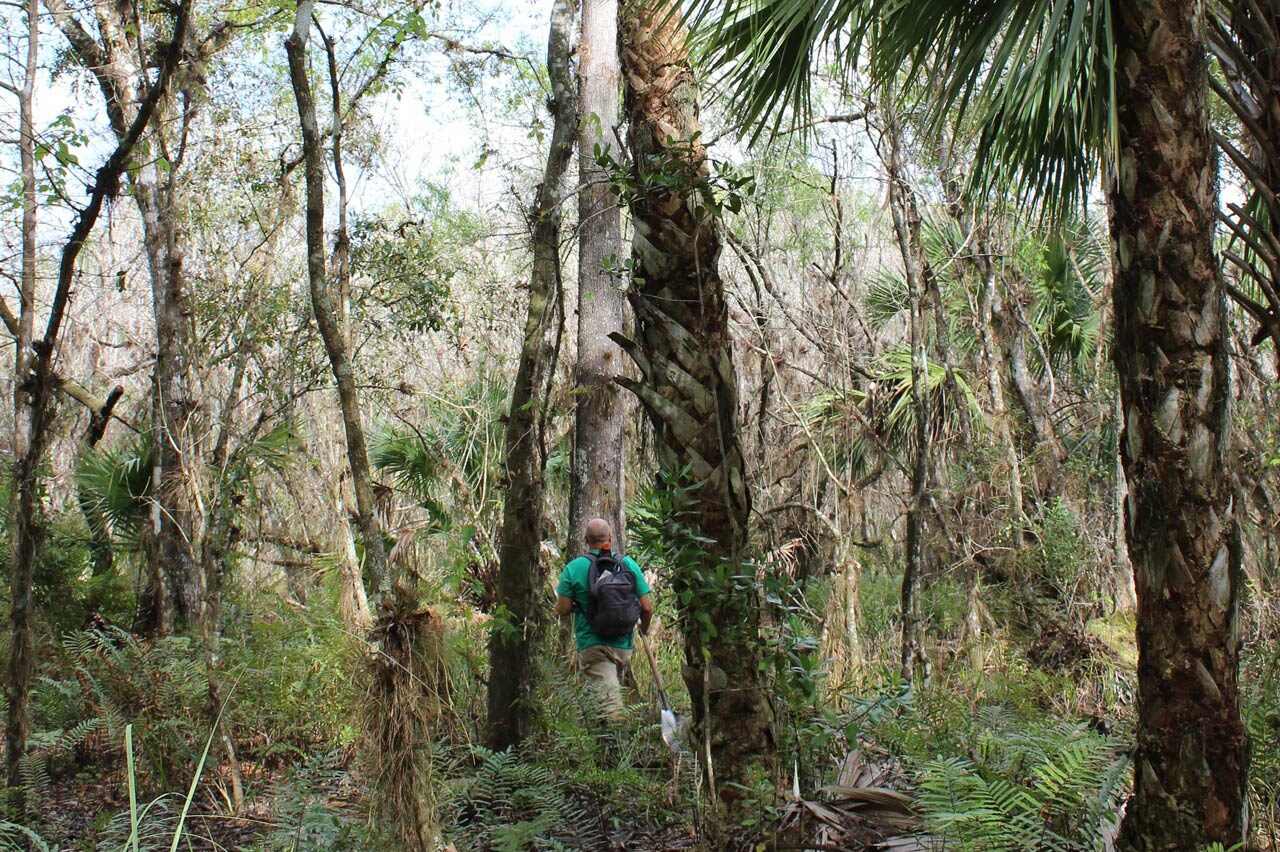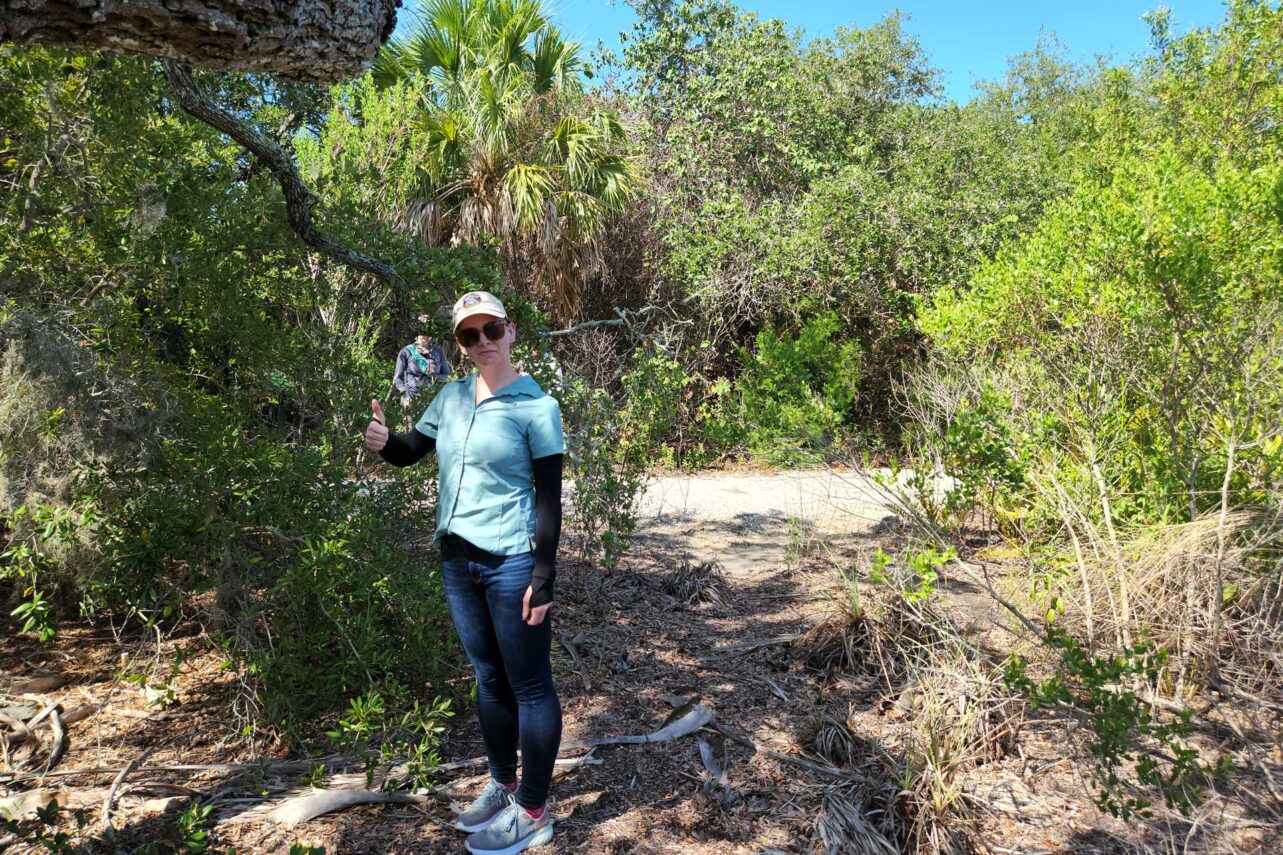Tree Island Emergence
South Florida is home to a unique ecosystem scattered across the landscape called the tree island. Tree islands are subtle rises in the swampy marshes of the Everglades, only about 50-100 centimeters (20-39 inches) above the surrounding wetlands that are covered in dark organic top soil and variety of flora. Tree islands are typically characterized by the presence of large oak, palm, citrus, wild coffee, and tall grasses. Pollen analyses completed by the Tribal Historic Preservation Office (THPO) highlight this particular environment and how these tree islands have changed with the draining of the Everglades. The resulting drier conditions have caused tree islands to expand over the last 100 years and encroach into the surrounding wetlands.
Inhabited by Seminole ancestors for thousands of years, most archaeologists now believe that tree islands were formed in part through the daily activities undertaken by ancestors living on those islands. Radiocarbon dating undertaken by the THPO and other scientists across the state, indicate that tree islands have been occupied for at least 5,000 years (Mahoney and deBeaubien 2017; Schwadron 2006; Locascio 2017). Evidence of early occupation of the tree islands include a variety of artifacts such as animal bones, pottery sherds, and in some cases, projectile points. While some of the tree islands were only used for a short period of time to hunt for animals, others were used as small camp sites occupied for longer. Artifacts recovered at later camp sites occupied into the 20th century include beads, glass bottles, and other food items.




